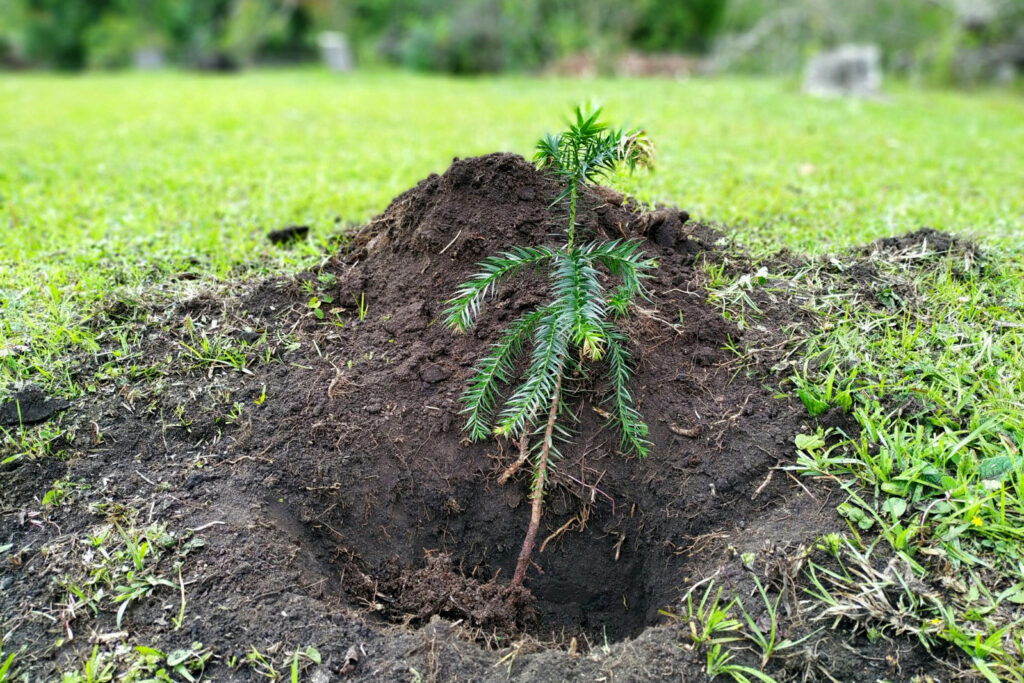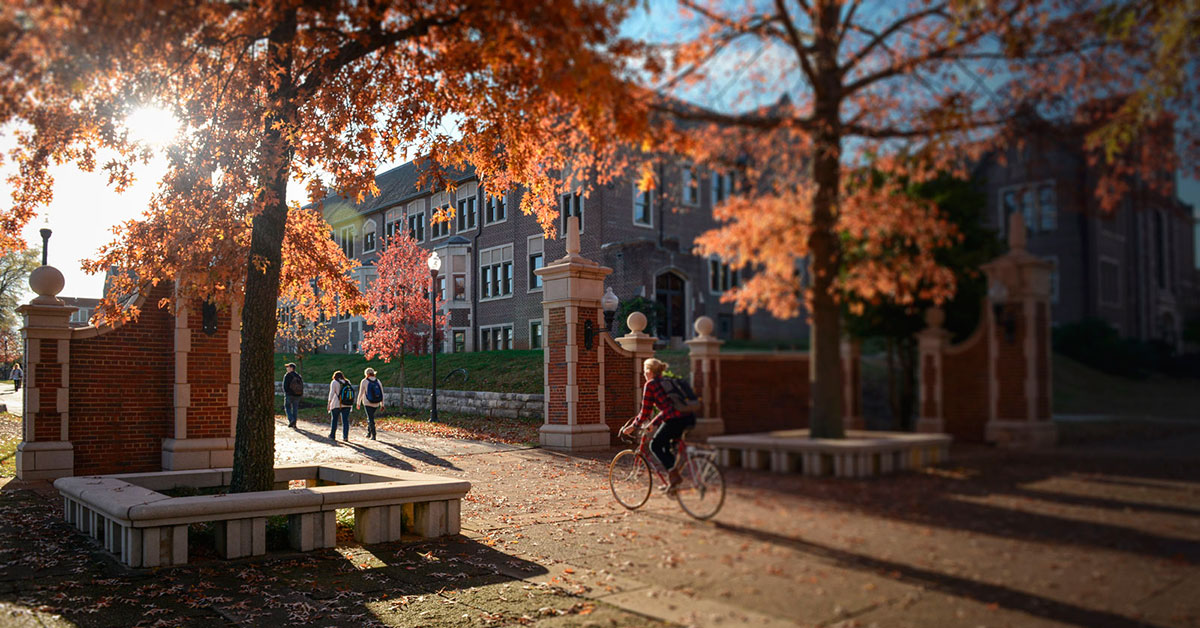From Scoita-Cavalo to Vassourão-Preto, via the traditional and imposing Araucaria. Paraná has a multitude of tree species spread over an area of 199,554 km². This vast catalog divided into five phytogeographic regions has been embodied by more than 8.5 million plants distributed by the Instituto Água e Terra (IAT) since 2019 – 70,000 of them this week aloneto celebrate Arbor Day, celebrated this Thursday (21).
In the South West, West, North West and North regions, for example, the semi-deciduous seasonal forest predominates, with species such as bracatinga, cambará and guajuvira, among others. The mixed rainforest, with its araças, ipês and perobas, extends in the southwest, south, center and metropolitan region of Curitiba. The coast is filled with dense rainforests, with caixetas, cedars, manacás and hearts of palms.
There are also the Campos, concentrated in Campos Gerais, but also in the Guarapuava region and in the capital of Paraná, with a sea of araucaria, cataias and copaíbas. Finally, the state has some remains of the Cerrado in towns like Campo Mourão, Peabiru and Jaguariaíva. Angicos and Canjaranas predominate in these places.
“Paraná has very rich vegetation and we cannot let that stop. The objective, and one of the pillars of the Institute of Water and Earth, is to preserve and recover these areas, in addition to raising awareness that one should not destroy one of our most precious possessions,” explains IAT biologist Roberta Scheidt Gibertoni.
In addition to nature, this natural wealth is stimulated through 19 forest nurseries and two seed laboratories maintained by the IAT in Paraná. In these places, more than 100 native forest species are produced, 25 of which are considered endangered, and are strategically planted on their own lands to maintain the sustainable cycle of the Atlantic Forest.
The nurseries are located in São José dos Pinhais, Engenheiro Beltrão, Salgado Filho, Cascavel, Cornélio Procópio, Guarapuava, Fernandes Pinheiro, Ivaiporã, Jacarezinho, Morretes, Ibiporã, Mandaguari, Pato Branco, Tibagi, Pitanga, Paranavaí, Toledo, Umuarama and Paulo . Frontin. The laboratories are located in São José dos Pinhais and Engenheiro Beltrão.
GREEN INDICATORS – This supply of seedlings, combined with a permanent environmental education program, within the Paraná Mais Verde program, has significantly improved the environmental indicators of Paraná. The surface area of vegetation preserved within Conservation Units (CUs) spread across the State has reached 26,250.42 km². These are areas protected by legislation, made up of free ecosystems that cannot suffer any human interference or that use part of their natural resources in a sustainable manner, such as parks open to public visits.
The space conserved is equivalent to 3,600 football fields. It’s as if almost half of the territory of Pinhais, in the metropolitan region of Curitiba, was home to a huge Conservation Unit.
According to an IAT survey, based on data from the National System of Nature Conservation Units (SNUC), the protection zone is divided into state CUs for sustainable use, with 10,470.74 km²; State CU of Comprehensive Protection (756.44 km²), Special Areas of Regulated Use (Aresur), with 152.25 km², and Special Areas and Tourist Interest (AEIT), with 670.35 km², all administered by the state government.
The scenario is completed by the Private Natural Heritage Reserves, called RPPN, which currently total 553.83 km²; indigenous lands, with 846.87 km²; and Federal Units, of 8,840.39 km², the Iguaçu National Park, in Foz do Iguaçu, being the most symbolic; and municipal units (3,959.55 km²), such as Parque Barigui, in Curitiba.
“Paraná has played a fundamental role in sustainability actions and good practices in Paraná properties, whether public or private. We have this beautiful green landscape and we are fighting to maintain it. It is state policy to support RPPNs or other conservation units. Thus, we ensure that the natural heritage of Paraná remains frozen in these areas so that there is no possibility of alteration of biodiversity,” says IAT Director-President Everton Souza.
REGISTRATION – On the other hand, the state government is strengthening enforcement of environmental crimes. According to the annual report on deforestation in Brazil, published in June by the collaborative platform MapBiomas, the Paraná reduced deforestation by 42% between 2021 and 2022the second best index in the country.
In July, in turn, the SOS Mata Atlântica Foundation announced that the Paraná is the state that has most reduced illegal deforestation of the country’s Atlantic Forest. during the first five months of 2023. The area of vegetation removed fell from 1,800 hectares to 860 hectares compared to the same period last year, a decrease of 54%.
From the NEA

“Prone to fits of apathy. Beer evangelist. Incurable coffeeaholic. Internet expert.”







